Critical Thinking Questions – The End
Here I am at the end of this course and I am looking back at the critical challenge questions. We were asked to consider two critical thinking questions. 1 – “How can you select emerging technologies which fit your developing philosophy of education?” and 2 – “How can you inspire, initiate and implement sustainable integration of emerging technologies in your own practice, and in the practice of others?” I wrote a blog post at the beginning of the course to see where my thinking started and so that I could write this post later and see where my thinking has shifted. My first post can be found here: http://breanneqlearnsonline.weebly.com/16/post/2014/01/critical-thinking-questions-the-beginning.html
If there is one thing that I have learned with this course is that you have to choose things that will work for both you and your students. If you do not understand or cannot use something, you cannot expect your students to because when they come across something that they don’t understand, as the teacher you will be the first person they come to for help. This also was drilled into my brain as I quickly jumped on the virtual world wagon and was excited to use it with my students and I had all these grand ideas but then after playing in a world for only a few moments, I got such bad ‘simulator sickness’ that I was on the couch with my head spinning for the rest of the day. I am still looking for something that will work for both me and my students but I am now also aware that I may find something that my head can deal with but I might have students who get sick easier – and faster – than I do and I will need to have a backup plan for them.
I also realized that there are so many tools out there that it can almost be overwhelming! I need to limit the tools I use and choose them carefully so that I don’t scare my students with them all. To use a tool simply because you know about it and think it might work is a little foolish. My opinion is to explore the tools and if you find three virtual reality tools that will work, choose the one you like the best but keep the others on the back burner for students who may need a different tool than the rest (for example if a tool you really like is only available as an Apple app, you may need to find an android one as well).
Something that comes to mind is the “Google Tools you didn’t know existed – or at least I didn’t” post I wrote a few weeks ago (http://breanneqlearnsonline.weebly.com/16/post/2014/01/-the-side-of-google-you-didnt-know-existed-or-at-least-i-didnt.html). The original article outlined 14 different Google Tools that most people don’t know exist. Once looking at it, I noticed that most are for marketing but there are some that I found had educational value once you looked into them a little bit. This was also something we did with our seminar, we had students evaluate educational apps (some were only for one OS and not another so it was good to know) and now we have a mini review of apps from our peers without having to do the work of what 7 others did.
In the end, it will all come down to your comfort level and excitement and your ability to pass that on to your students. If you know a technology or tool well enough and explain it in an engaging way to your students, they will catch on. If it is something that you are not excited about, it is probably best to move on as it most likely isn’t right for you.
Here I am at the end of this course and I am looking back at the critical challenge questions. We were asked to consider two critical thinking questions. 1 – “How can you select emerging technologies which fit your developing philosophy of education?” and 2 – “How can you inspire, initiate and implement sustainable integration of emerging technologies in your own practice, and in the practice of others?” I wrote a blog post at the beginning of the course to see where my thinking started and so that I could write this post later and see where my thinking has shifted. My first post can be found here: http://breanneqlearnsonline.weebly.com/16/post/2014/01/critical-thinking-questions-the-beginning.html
If there is one thing that I have learned with this course is that you have to choose things that will work for both you and your students. If you do not understand or cannot use something, you cannot expect your students to because when they come across something that they don’t understand, as the teacher you will be the first person they come to for help. This also was drilled into my brain as I quickly jumped on the virtual world wagon and was excited to use it with my students and I had all these grand ideas but then after playing in a world for only a few moments, I got such bad ‘simulator sickness’ that I was on the couch with my head spinning for the rest of the day. I am still looking for something that will work for both me and my students but I am now also aware that I may find something that my head can deal with but I might have students who get sick easier – and faster – than I do and I will need to have a backup plan for them.
I also realized that there are so many tools out there that it can almost be overwhelming! I need to limit the tools I use and choose them carefully so that I don’t scare my students with them all. To use a tool simply because you know about it and think it might work is a little foolish. My opinion is to explore the tools and if you find three virtual reality tools that will work, choose the one you like the best but keep the others on the back burner for students who may need a different tool than the rest (for example if a tool you really like is only available as an Apple app, you may need to find an android one as well).
Something that comes to mind is the “Google Tools you didn’t know existed – or at least I didn’t” post I wrote a few weeks ago (http://breanneqlearnsonline.weebly.com/16/post/2014/01/-the-side-of-google-you-didnt-know-existed-or-at-least-i-didnt.html). The original article outlined 14 different Google Tools that most people don’t know exist. Once looking at it, I noticed that most are for marketing but there are some that I found had educational value once you looked into them a little bit. This was also something we did with our seminar, we had students evaluate educational apps (some were only for one OS and not another so it was good to know) and now we have a mini review of apps from our peers without having to do the work of what 7 others did.
In the end, it will all come down to your comfort level and excitement and your ability to pass that on to your students. If you know a technology or tool well enough and explain it in an engaging way to your students, they will catch on. If it is something that you are not excited about, it is probably best to move on as it most likely isn’t right for you.

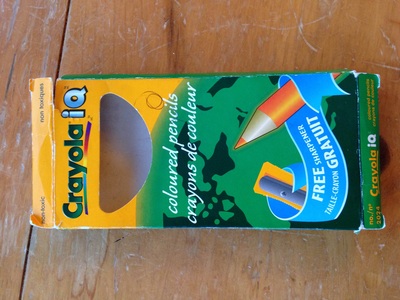
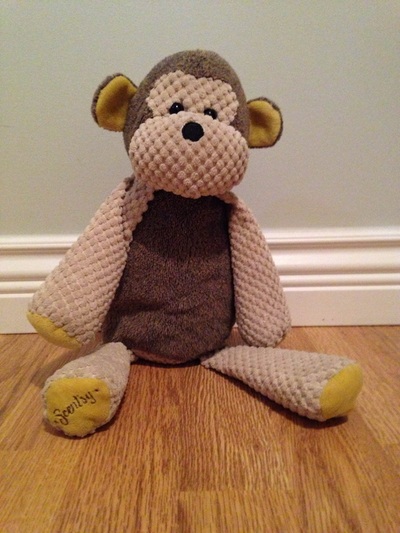

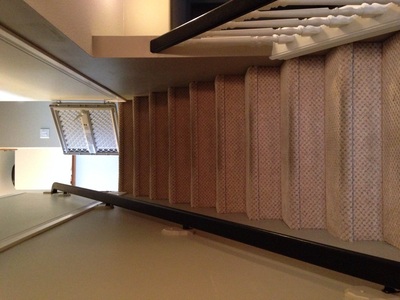
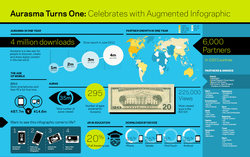
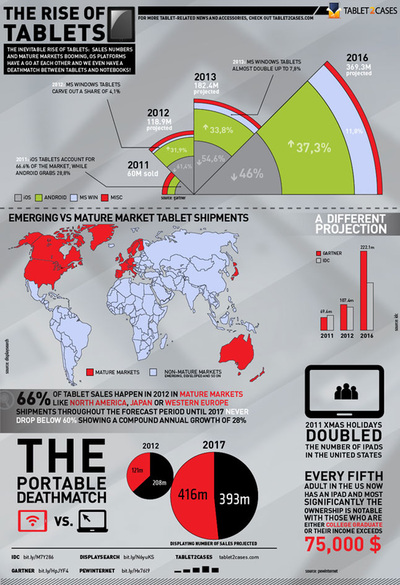

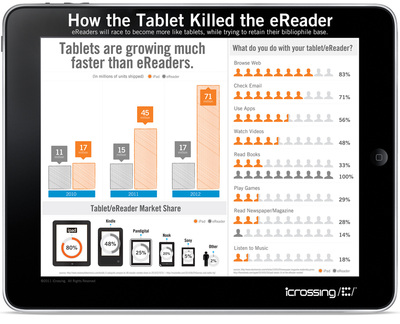
 RSS Feed
RSS Feed
